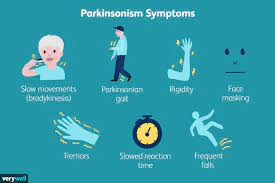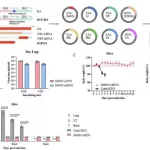A new book, “No More Normal,” by psychiatrist Alastair Santhouse, sheds light on the disturbing history of psychiatry being used as a tool for social control. From the Soviet Union’s “sluggish schizophrenia” diagnosis to modern-day political repression, the misuse of mental health practices has a long and troubling past.
In the Soviet Union, dissidents were often diagnosed with “sluggish schizophrenia,” a condition used to justify their confinement and suppression. This diagnosis, which lacked concrete symptoms, allowed authorities to label those who disagreed with the state as mentally ill.
Similar tactics were employed in China, where political activist Wang Wanxing was diagnosed with “political monomania” after protesting in Tiananmen Square. He spent 13 years in a psychiatric hospital, subjected to forced medication and other “treatments.”
Even in the West, the misuse of psychiatry is evident. During the U.S. Civil Rights Movement, activists like Clennon W. King, Jr., and Malcolm X were subjected to psychiatric diagnoses aimed at discrediting their activism. King was confined to a mental institution after attempting to enroll at the University of Mississippi, while Malcolm X was labeled a “pre-psychotic paranoid schizophrenic” by the FBI.
More recently, women in Iran protesting mandatory headscarves were diagnosed with antisocial behavior and forcibly institutionalized. In Russia, an activist wearing an “I am against Putin” T-shirt prompted a psychiatric emergency team response.
The Diagnostic and Statistical Manual of Mental Disorders (DSM), psychiatry’s standard diagnostic tool, has also reflected societal biases. Homosexuality, for example, was listed as a mental illness in the 1952 edition.
The inherent subjectivity of psychiatric diagnoses, which often rely on symptom clusters and patient descriptions, makes them vulnerable to manipulation. This malleability has allowed authoritarian regimes and even Western societies to weaponize psychiatry against those who challenge the status quo.
The author of “No More Normal” reflects on the current state of psychiatry, where self-diagnosis and an overabundance of mental health resources have blurred the lines of “normal.” This period of diagnostic flux highlights the complex interplay between mental health and social politics.
Disclaimer: This article presents information regarding the historical and contemporary misuse of psychiatric practices. It is not intended to diminish the importance of legitimate mental health diagnoses or treatments. The examples provided highlight instances where psychiatry has been abused for political and social control, and should not be generalized to all psychiatric practices.












